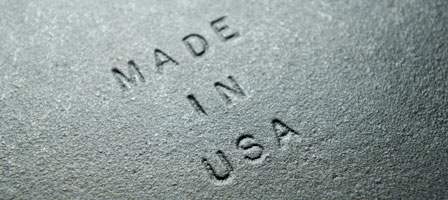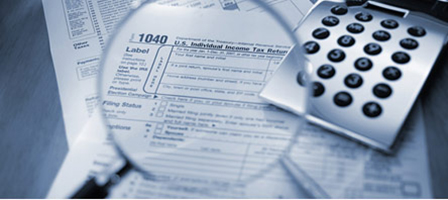MISSING OUT ON A 9 PERCENT BUSINESS TAX-DEDUCTION?
Article Highlights:
- Qualifying Business Entities
- Calculating the Deduction
- Income & W-2 Limitations
- Tangible Property
- Manufacturing
- Food Preparation
- Internet Software
The domestic-production activities deduction (DPAD) was enacted by Congress a few years ago to provide tax incentives for businesses that produce most of their goods or services in the United States rather than sending that work overseas. The DPAD is allowed for all forms of business entities (and their beneficiaries), including individuals, C corporations, farming cooperatives, estates and trusts. Pass-through entities such as S-Corporations and partnerships are also allowed to take the deduction, but in that case, it is passed through to the owners and partners. The DPAD is equal to 9% of net income from certain eligible activities, but it cannot exceed the taxpayer’s taxable income, which, for an individual, is the adjusted gross income.
The DPAD was designed to provide the equivalent of a 3% reduction in taxes for the entity or individual claiming the deduction. The DPAD is further limited to a maximum of 50% of W-2 wages (generally defined as the wages that are subject to income tax withholding) that are allocable to qualifying activities. Thus, a sole proprietorship or partnership without employees would not be eligible for this tax benefit.
Qualifying Domestic-Production Activities – The term “domestic-production activity” applies to a wide range of business activities. The IRS has identified the businesses that qualify for the deduction as those that undertake work in one of the following categories:
- Construction in the United States.
- Electricity, potable water or natural gas production in the United States.
- Film or video production that takes place at least 50% in the United States, not including the production of sexually explicit films or videos.
- Architectural or engineering services performed in the United States for domestic construction projects.
- The disposition of tangible personal property, sound recordings or computer software that is created or developed, in whole or in part, in the United States.
Tangible property is literally anything that can be touched, which includes both real property and personal property. In contrast, intangible property has no physical substance; examples include copyrights, trademarks and patents.
The manufacturing or production of components that another party uses in its own manufacturing or production activities is eligible, as is the manufacturing or production of finished items based on components that others have manufactured or produced. However, mere sales activities do not qualify for the deduction; neither do service-only activities, with the exception of architectural and engineering services.
The processing and preparation of wholesale food products is an eligible production activity, but the preparation of food and beverages for retail sale does not qualify.
Gross receipts from Internet or online software generally do not qualify, as they consist primarily of services. However, IRS regulations allow for an entity to take the DPAD when its gross receipts are derived from providing customers with access to computer software for direct use over the Internet.
The foregoing is an overview of the DPAD. The qualifications for this deduction can be quite complicated, as can the computation of the deduction and its limitations. If you would like to determine whether the deduction applies to your business activity, please give this office a call.








Leave a Reply
Want to join the discussion?Feel free to contribute!